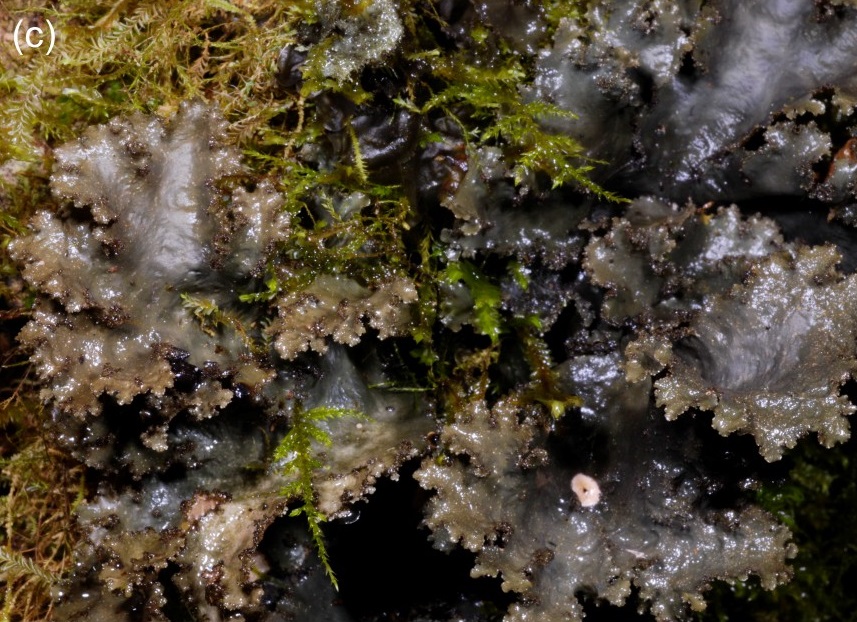Sticta is a genus of lichenized fungi characterized by well-differentiated pores (cyphellae) on the lower surface and a peculiar fishy smell of wet thalli. Sticta
Author: UllaK
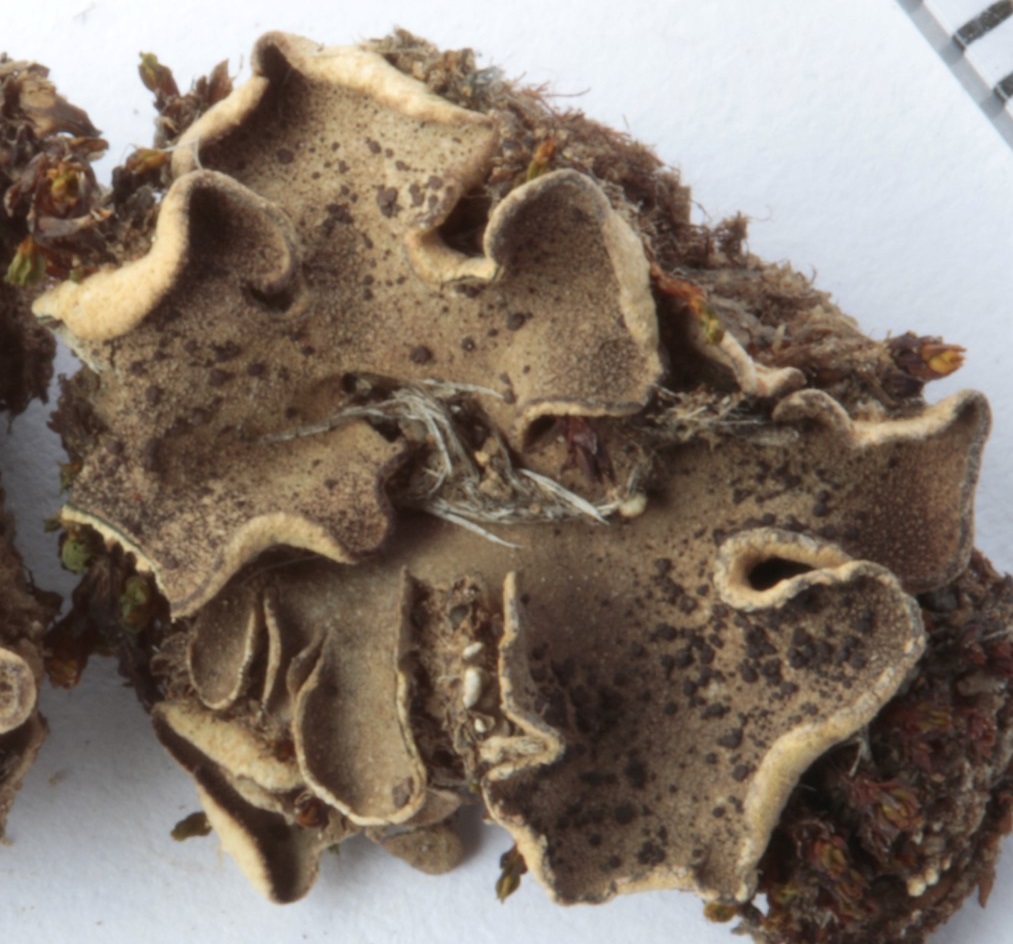
Peltigera (dog lichens) is a genus of lichenized fungi present on all continents but particularly common, for example, in boreal forests. The use of molecular
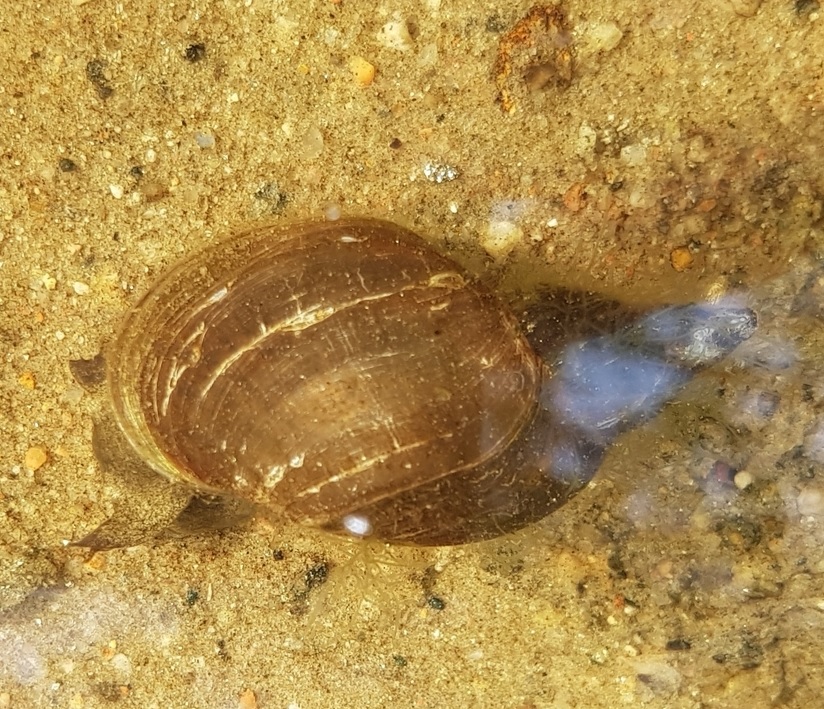
In many modern ecosystems, lichens contribute significantly to primary production and nitrogen fixation, inhibit erosion, and efficiently capture and retain moisture. Additionally, they provide food
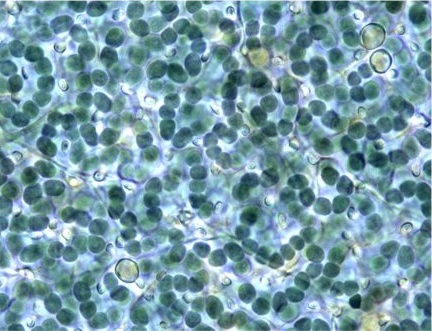
Interactions within lichen communities are diverse, including the specific symbiotic associations between the lichenized fungi (mycobionts) and photobionts but also interactions between different lichen species
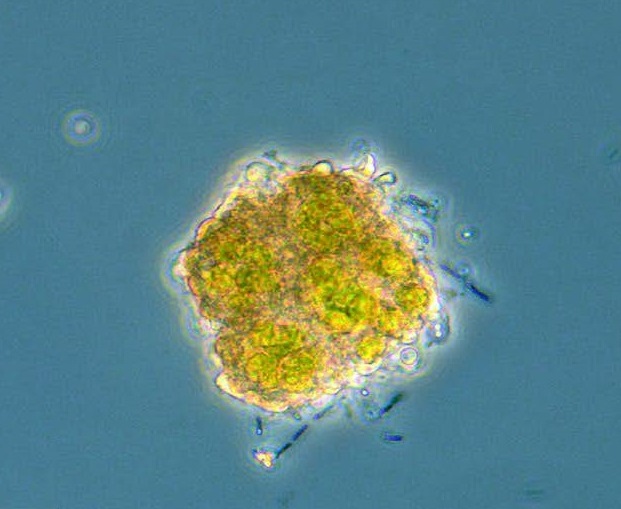
Birds are well known for being important dispersers of many plants, especially via ingested seeds. However, also many other types of organisms may travel attached
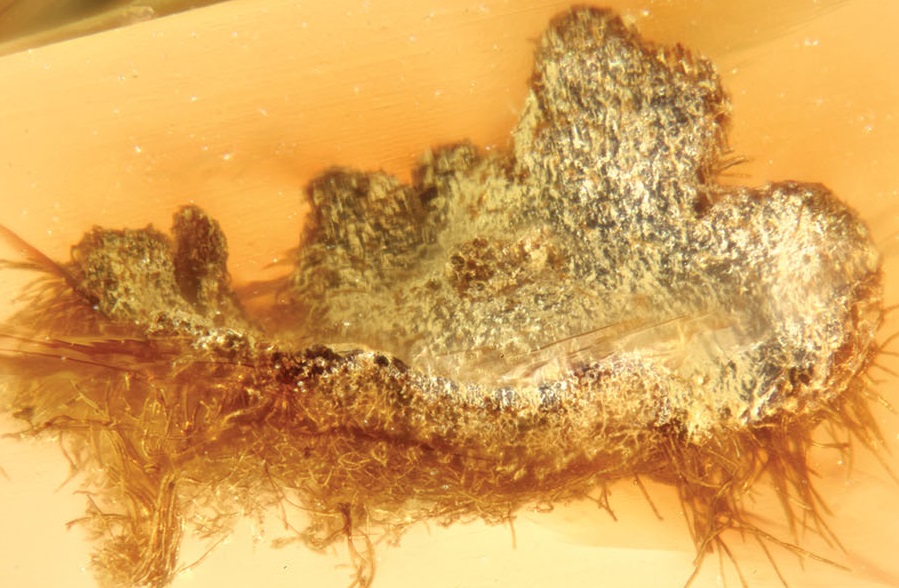
Amber deposits are predominantly known from North America, Europe, and Asia, and are considered to be rare on the continents that formed Gondwana. However, more
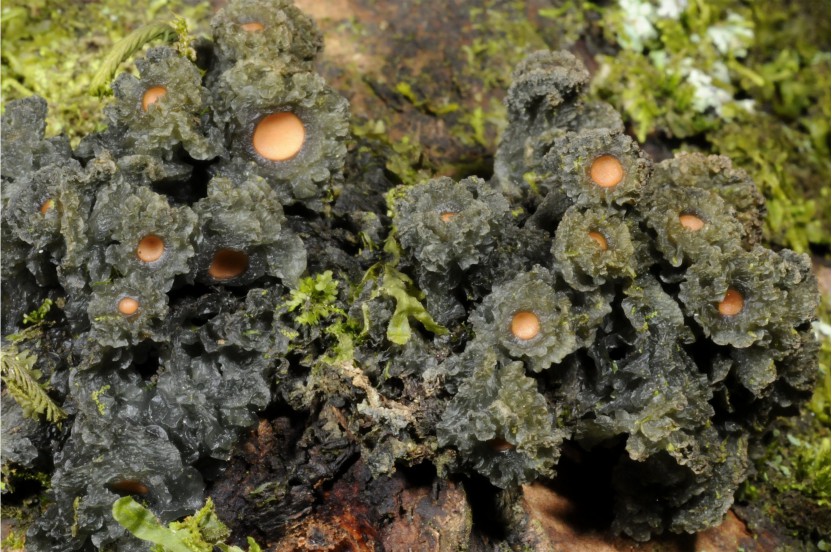
Tropical mountains harbor a wide range of ecosystems, all providing habitats for various sets of organisms, including lichens. For example, the lichens in the savanna
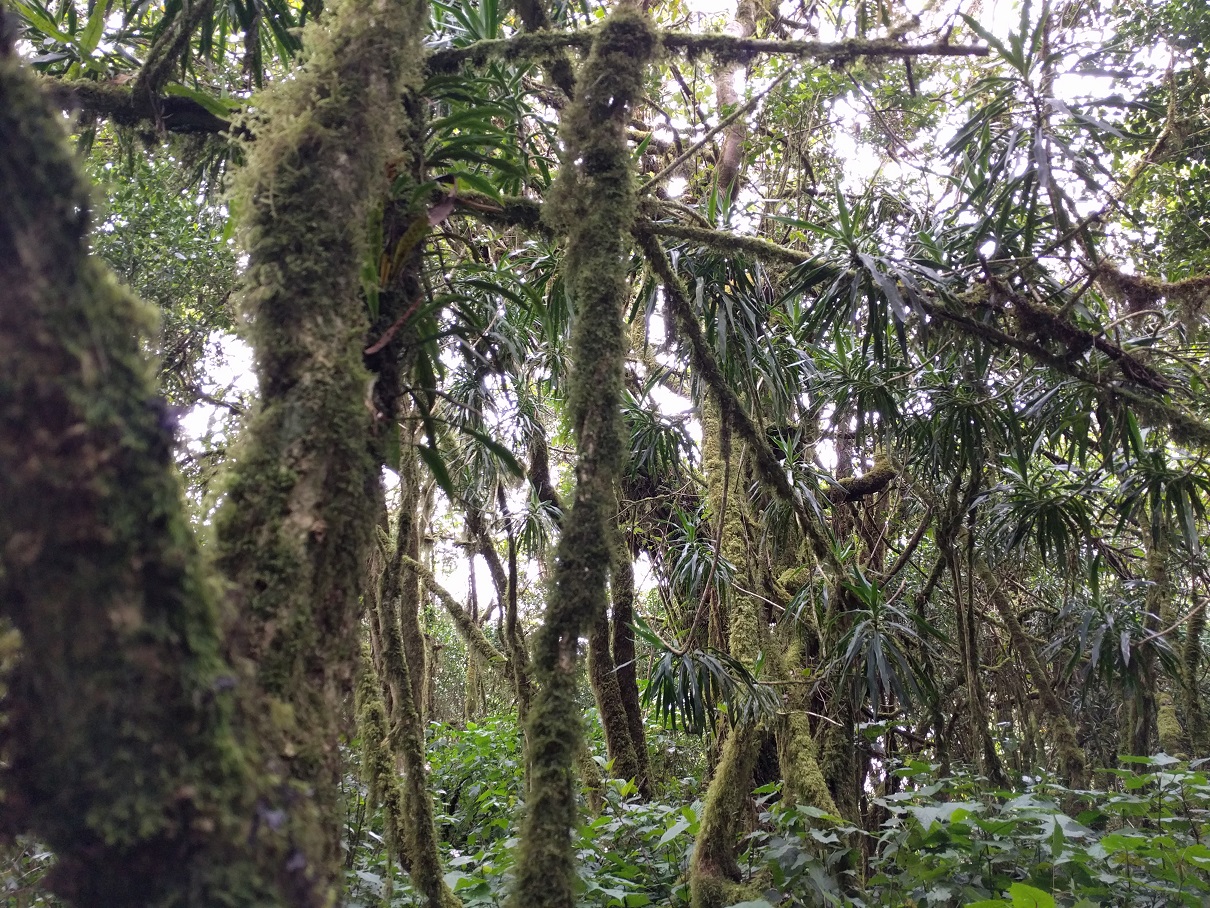
Non-vascular epiphytes, including bryophytes and lichens, have important roles in tropical montane forest ecosystems in intercepting and storing water, nutrient cycling, and providing habitats and
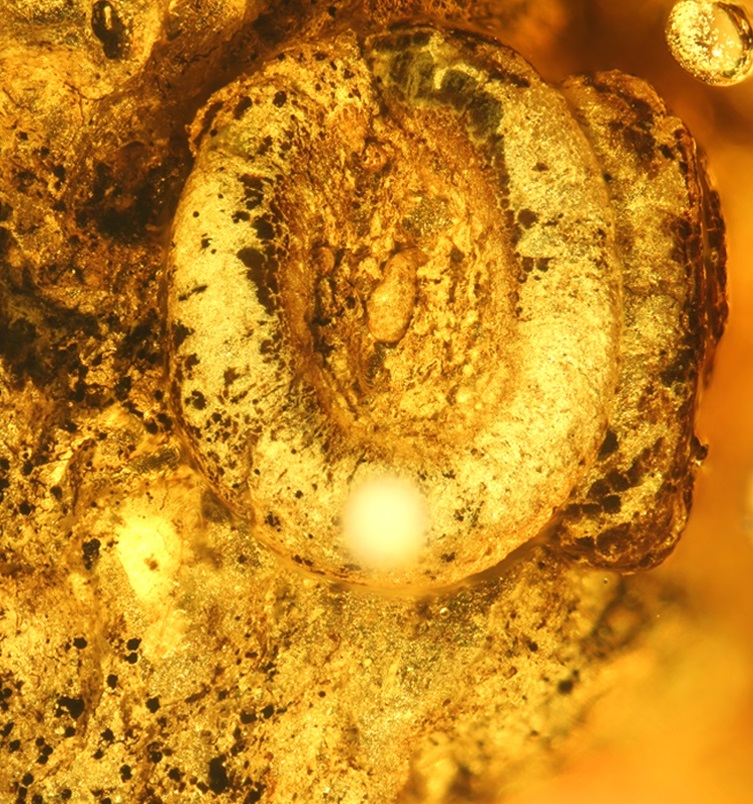
Representatives of the extant lichenized fungal genera Usnea and Ochrolechia and the lichen-inhabiting (lichenicolous) fungus Lichenostigma were already present in the Paleogene amber forests of
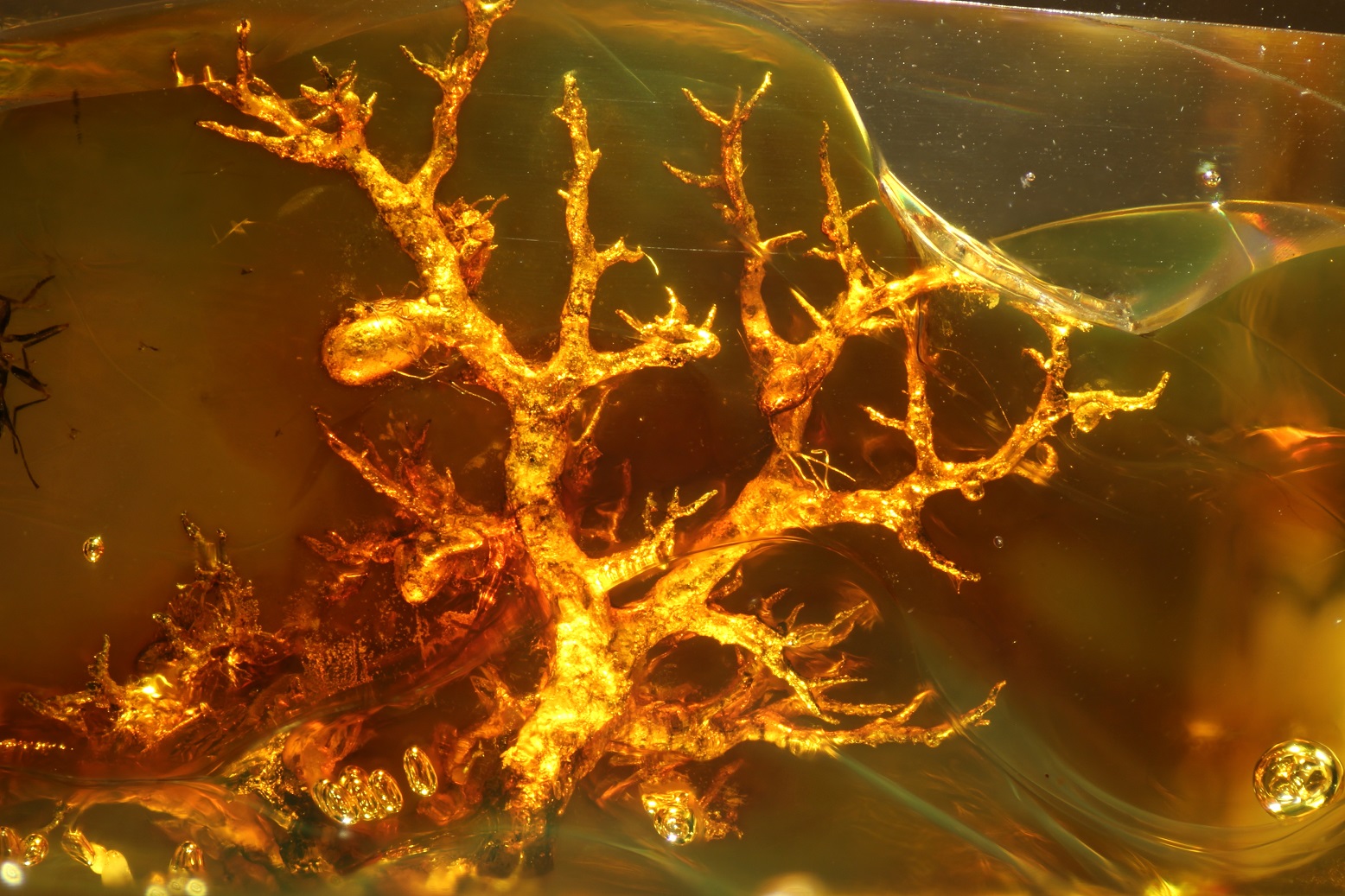
152 new fossil lichens have been discovered from European Palaeogene amber, increasing the total number of known fossil lichens from 15 to 167. Most of
